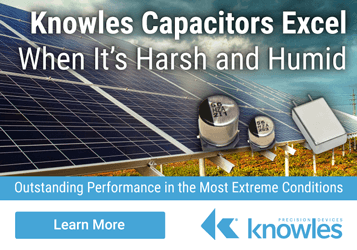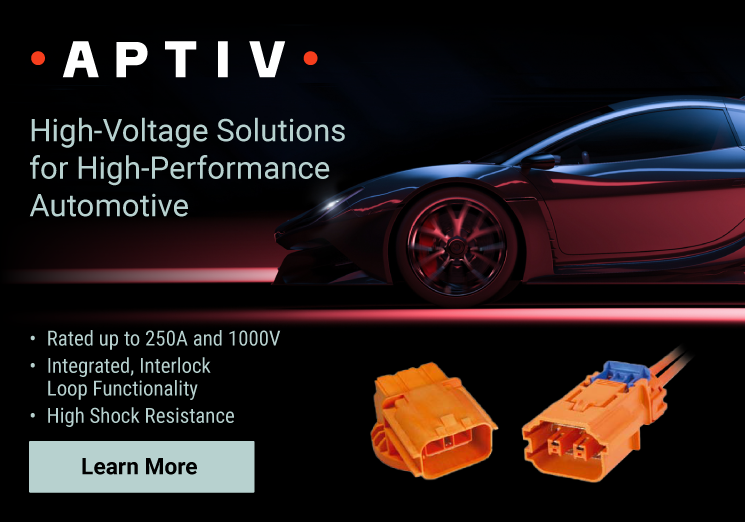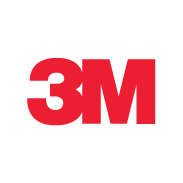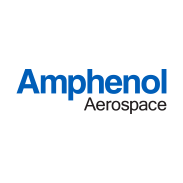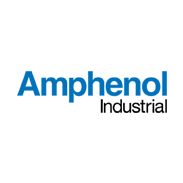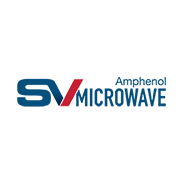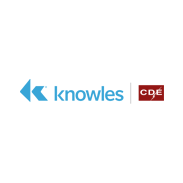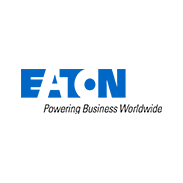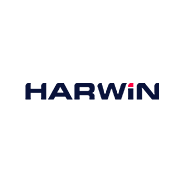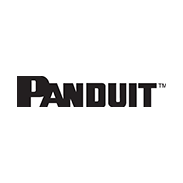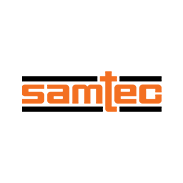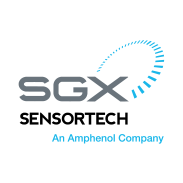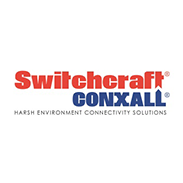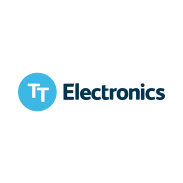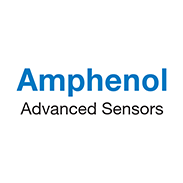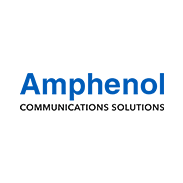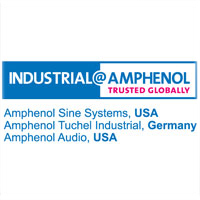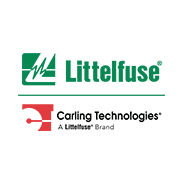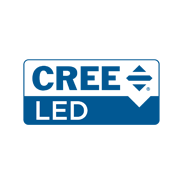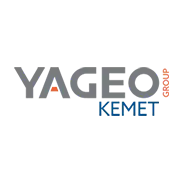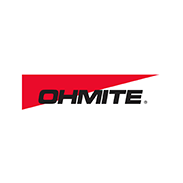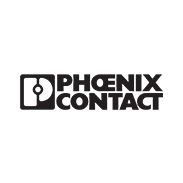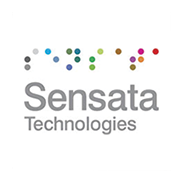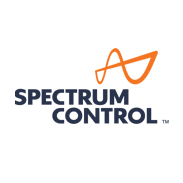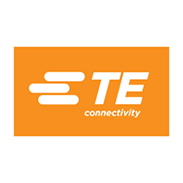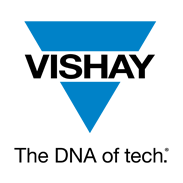Harsh Environment
Today’s electronics are being used in harsher and more rugged environments than ever, facilitating new ways to operate in extreme conditions while keeping workers safe. Electronics used in harsh environments must be able to withstand extreme temperature and humidity, dust, electromagnetic interference, marine environments, and more, while operating at full capacity and without degrading. TTI carries a full line of durable components developed to perform in extreme conditions such as the heat and corrosion found at the bottom of an oil well or the temperature cycles and vibration in a jet engine.
Components used in harsh environments are manufactured to meet industry standards, including NEMA ratings and the IP Code (IEC 60529), and often surpass military- or space-level specifications. Take some pressure off your next design and call a TTI product specialist at 1.800.CALL.TTI to learn how our broad and deep inventory takes the heat.
Capacitors
These small components store electrical energy and play a fundamental role in powering circuits—but are often responsible for the failure of electronic equipment if not securely built. Capacitors are susceptible to sparking, shorting, and excessive voltage or temperature, all of which lead to failure. That’s why it’s important for capacitors to be able to withstand harsh environments, especially when used in extreme temperature settings, such as in industrial freezers or boilers or automotive applications. Some capacitors are also built with the ability to self-heal—they can recover from the damage caused by a spike in current. Additionally, some new capacitors have an inbuilt fuse inside of them, providing protection from short circuit conditions.
Resistors
This electrical component present in most circuits is susceptible to many environmental factors, from temperature to moisture to the presence of certain elements or materials. Environment must be taken into consideration when choosing a resistor’s structure—different materials can react to different environmental factors. Carbon-based resistors, for example, will degrade over time when exposed to moisture as the water reacts to the carbon. One solution to this vulnerability is using silver to make the resistors, but that material can react to sulfur, which is present in many rubbers and lubricants used in other areas of a product. Other resistors must be able to withstand shock, requiring additional components that absorb vibrations.
Connectors
Connectors, the plug-in points between a system and a cable, are critical to electrical system operations—and are especially susceptible to harsh environments. These components are relied upon not only to create secure connections but to mate and disconnect easily, all while protecting entry points from the elements. Connector design is constantly evolving, as well, to facilitate a growing fiber count and reliable operation in increasingly harsh environments, such as agriculture, where a connector might be exposed to a day of dirt and heat, followed by a high-pressure washdown, all of which could lead to mechanical failure.
Electro-mechanical
The presence of electromechanical components with moving parts, such as relays or switches, in potentially explosive areas could be catastrophic if not properly protected—one small spark produced by a malfunctioning switch could cause disaster in a hazardous location. Stringent requirements have been imposed on electrical components used in flammable, combustible, or otherwise hazardous locations to ensure the safety and reliability of the equipment. Standards on electrical equipment and installation vary depending on the continent and type of hazardous environment, so switches and relays that comply with multiple ratings make international trade, inventory, and installation easier.
Sensors
As more sensors are being integrated on the fields and in factories to automate and control operations, they must withstand harsh environments while remaining connected. The durability of sensors is especially being put to the test in the oil and gas industry, where they are not only exposed to extreme temperatures, pressure, explosive environments, shock, dirt, and moisture, but must accurately and continuously monitor these extreme conditions. Today’s sensors are expected to withstand what humans cannot in order to provide crucial data while keeping workers out of harm’s way. And when employees are exposed to potentially hazardous environments, they rely on sensors to keep them safe—some hard hats utilize a sensor that alerts the wearer when to replace the hard hat due to UV exposure.
IP Ratings
The IP (Ingress Protection) Code, which is defined by the International Electrotechnical Commission (IEC) under the IEC 60529 standard, designates the various types and degrees of protection afforded to electrical equipment by its enclosure. The requirements for each degree of protection, along with testing and confirmation procedures, are specified in the standard.
When it comes to code conversions, it is not possible to obtain an equivalent NEMA enclosure type from an IP code because NEMA types are tested over a wider set of environmental conditions. Converting a NEMA type to an IP code may provide a good line, but such conversions should always be verified by test.
NEMA Ratings
Like the IP Code, the National Electrical Manufacturers Association (NEMA) provides a popular standard for protective enclosures used in harsh environments. NEMA 250 includes ratings for indoor and outdoor locations—both hazardous and nonhazardous—and covers a broader set of harsh conditions than the IP code. These conditions include ingress of water and foreign objects such as fiber or dust, as well as corrosive agents and gases. The table below provides a brief description of each level of protection, which NEMA specifies with a NEMA enclosure type number.
200⁰C+
Active or passive cooling is often used to keep components within operating temperature range in the presence of high temperatures, but in some applications this can be impractical. The downhole oil and gas industry, for example, is a primary consumer of high-temperature electronic components, especially as resources grow scarcer and deeper wells need to be dug. Today’s downhole applications must be able to withstand increasingly high temperatures as the geothermal gradient of deep wells puts equipment in an extreme environment. Components of such applications must be able to operate at temperatures over 200°C while operating at peak capability—equipment failures lead to costly rig downtime.
Vibration
Vibration in electronic equipment is a major contributor to system failure and other operating problems. While some vibration in electronics is normal—even if it’s only experienced during shipping and transportation—portable electronics need protection from more serious impacts, such as the shock of being dropped.
In many industrial and military verticals, vibration isolation is a crucial part of a product’s design. While modeling and analysis can help determine potential vibration levels, testing is needed to ensure reliability in harsh conditions. Advanced stress testing techniques, such as Highly Accelerated Life Tests (HALT) and Highly Accelerated Stress Tests (HASS), are often required to detect potential vibration issues that might occur during a military-grade product’s 20-year life span. These methods stress products beyond their specifications to identify both operational and destruct limits.
